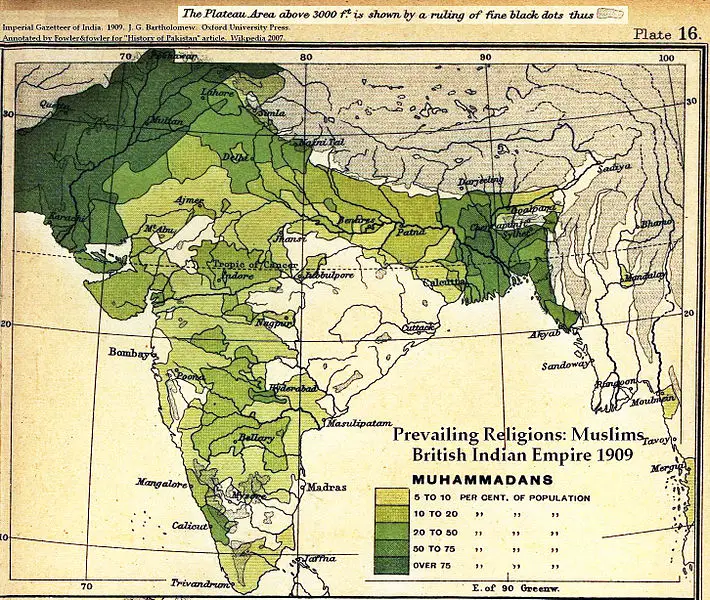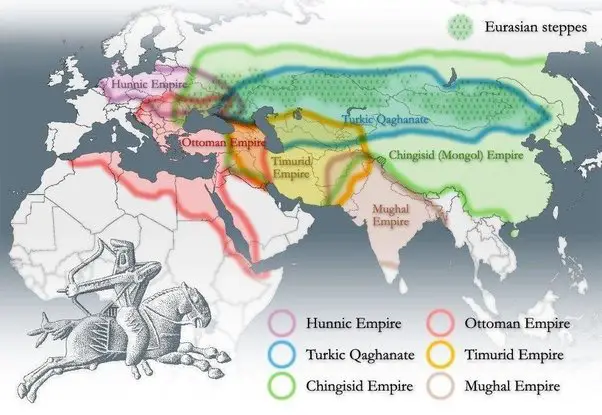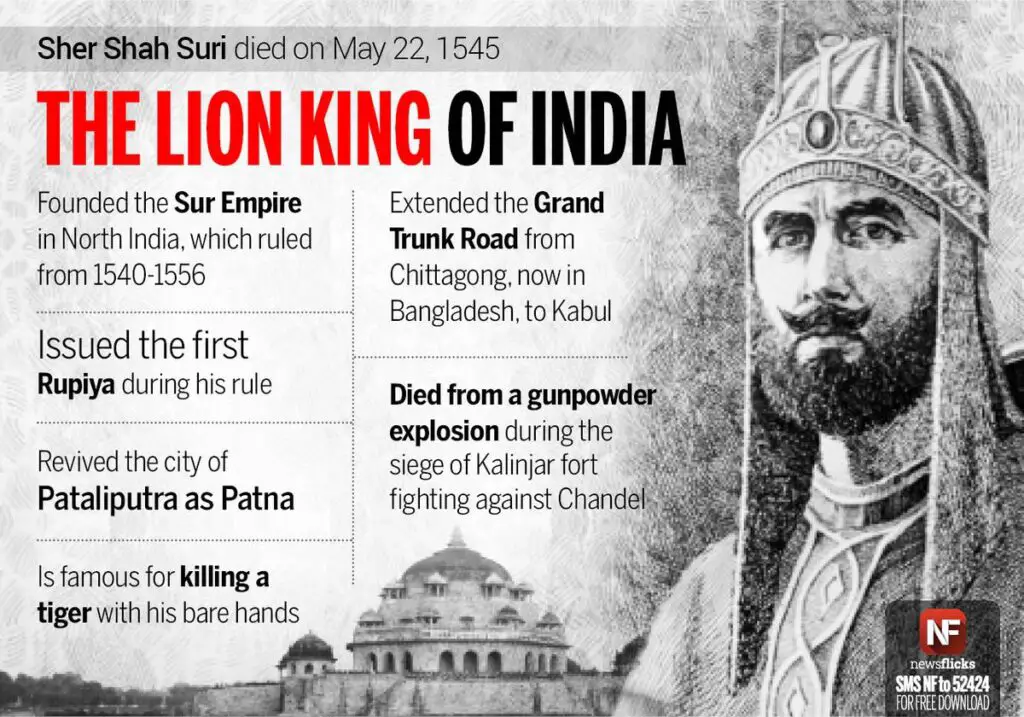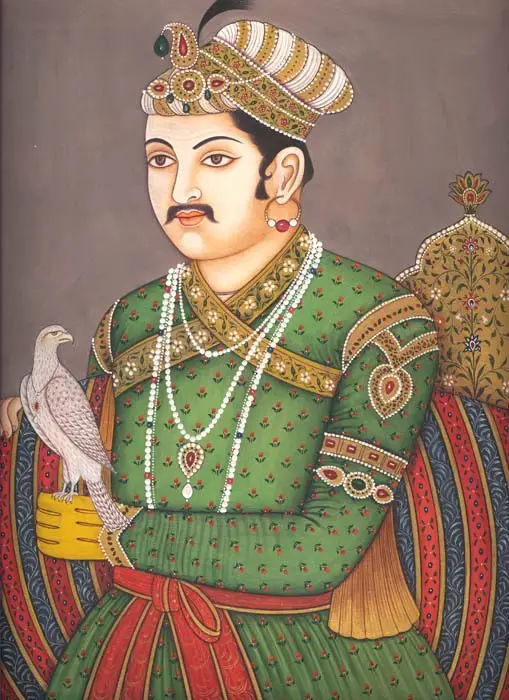Introduction Mughal Empire
On the fringes of the subcontinent of India , there are two countries with a Muslim majority. On the west, there’s Pakistan, and on the east, there’s Bangladesh. Both of these countries, as well as the huge minority of Muslims living in India, have one dynasty to thank for their Muslim faith – the Mughal Empire.
From the different Empires of India From Vijayanagara Empire of the south to the Mughal Empire to the North
lets uncover the secrets of the indian history
Entry Of Islam In India

- Back in the 8th century, the Ahmad Caliphate had conquered Sindh in what is today Pakistan.
- However, India was too distant to control, and subsequent caliphs were unable to exercise control over it or expand further.
- Then in the 11th century, Mahmoud of Ghazni invaded India and established a permanent Turkic regime there after taking Lahore in 1030.
Rise Of Delhi Sultanate

- After the collapse of his empire, various dynasties ruled Northern India, collectively called the Delhi Sultanate, although none was very successful for very long.
- Hikma history has made a video about the Muslim invasion of India as a part of the collaboration.
- The last of these dynasties was the Lodi dynasty. However, in 1526, a Timurid prince named Zahiruddin Mohammed Babur, with nothing to lose and no options left in Central Asia, decided to invade India.
- Babur was a fifth-generation descendant of Tamerlane and a 13th-generation descendant of Changhesh Khan. Like many other Timurid princes, he claimed the entirety of the Mongol Empire.
Mughal Empire
- However, he was barely even able to control the Fragana Valley.
- The rise of the Uzbeks pushed him south until he established his seat of power in Kabul.
- With the Safavids to the west and the Uzbeks to the north, he had nowhere to go but east. East was India. In 1526, he faced the ruling Lothi dynasty at Banipat.
- Despite the rather overwhelming odds, he defeated them, and over the next four years, he conquered almost all of North India after facing other local Hindu and Muslim rulers.
Ties With Mongol Empire

- The dynasty he founded came to be known as the Mughals, which is the Persian word for Mongol.
- Although the dynasty itself held strong ties to Timur and called themselves the Gurgani Dynasty, Gurghan being the title of Timur, meaning the royal son-in-law.
- The son-in-law of Chaga Khan, as Timur liked to boast.
Different Rulers Of the Mughal Empire
Nasir Dean Hamayu
- Babur died in 1530 at the age of 46 or 47. The story goes that his son and heir Nasir Dean Hamayu had fallen ill and Baba had bargained with God for his son’s life in exchange for his.
- Although as was soon revealed, the bargain was not the best bargain he could have gotten.
- Humayun was not a very capable leader and on top of that, he indulged a little too much in wine and opium. His apparent weakness invited a challenge from many local rulers.
Sher Shah Suri

- One Afghan noble named Sherhan Sudhi overthrew Humayun in 1539.
- Humayun pretty much became homeless and wandered through Sindh for several years.
- Although Sherhan, or as he was now called Sher Shah Suri, died in battle in 1545 and his empire was divided up soon after.
- On the other side, Humayun asked the Safavids for help and started reconquering the divided empire.
- By 1555, both Delhi and Lahore were back under his control. Unfortunately, he lost control while running down the stairs and fell. He died soon after in 1556.
Akbar

- After Humayo’s death, his son Akbar became the next emperor.
- He is considered one of the greatest emperors in Indian history, known for his military conquests, administrative reforms, and religious tolerance.
- During his reign, he abolished the jizya tax imposed on non-Muslims, promoted the use of vernacular languages, and established a new religion called Din-i-Ilahi, which was a syncretic faith combining elements of Hinduism, Islam, Christianity, and Zoroastrianism.
The Eventual Decline Of Mughal Empire
- Akbar’s successors were not as successful, and the dynasty began to decline in the late 17th century.
- The British East India Company eventually replaced it and took control of India in the 18th century.
- Although the Mughal Dynasty declined, its legacy continues to be visible in India, Pakistan, and Bangladesh today.
- The Taj Mahal, one of the world’s most iconic buildings, was built by Mughal Emperor Shah Jahan as a tomb for his beloved wife Mumtaz Mahal.
- The Mughals also left their mark on Indian cuisine, art, and architecture.
We can trace the major reason for the eventual decline of the Mughal Empire back to the rise of the strong Marathas in the south. The Marathas eventually established the Maratha Empire. My next blog post will be about the Maratha Empire.
Conclusion
In conclusion, the Mughal Dynasty played a significant role in shaping the history and culture of India, Pakistan, and Bangladesh. People can still observe their legacy today through the monuments, cuisine, and cultural traditions that they left behind.
Faqs
- Who founded the Mughal Empire?
- The Mughal Empire was founded by Zahiruddin Mohammed Babur, a Timurid prince, in 1526.
- How long did the Mughal Empire last?
- The Mughal Empire lasted from 1526 to 1857, a period of over 300 years.
- Who was the greatest Mughal Emperor?
- Many consider Akbar to be the greatest Mughal Emperor due to his military conquests, administrative reforms, and religious tolerance.
- What was the religion of the Mughal Emperors?
- The Mughal Emperors were Muslim, but they were generally tolerant of other religions.
- What was the official language of the Mughal Empire?
- Persian was the official language of the Mughal Empire, but Urdu and Hindi were also widely spoken.
- What were some of the major achievements of the Mughal Empire?
-
The Mughal Empire earned fame for its impressive architecture, such as the Taj Mahal, and implemented administrative and legal reforms. - It also promoted arts and literature, and saw the development of the Urdu language.
-
- What led to the decline of the Mughal Empire?
- The decline of the Mughal Empire was due to a combination of factors, including weak rulers, political instability, economic decline, and the rise of regional powers such as the Marathas.

[…] The Mughal Empire, founded by Babur in 1526, became one of the most influential dynasties in Indian history. The Mughals brought centralized administration, a vibrant court culture, and notable architectural marvels such as the Taj Mahal. The empire witnessed significant cultural and artistic developments, blending Persian, Indian, and Islamic influences. For more detailed Information Check – The Mughal Empire: A Fascinating Story of India’s Islamic Past […]
[…] cultivated a desirable balance of power and his Mughal nobility in a way that rewarded loyalty while retaining control over the massive […]
[…] Mughal Empire, which was one of the most famous families within Indian history, experienced the gradual loss of […]
[…] Asaf Khan, the Mughal Governor, was enthralled by his Gond kingdom and was keen to assert Mughal supremacy. In defiance of the trust put in his administration, Asaf Khan launched a dangerous attack on the Rani Durgavati’s property. The setting was made for a bloody fight between Gond troops and the power of the Mughal Empire. […]